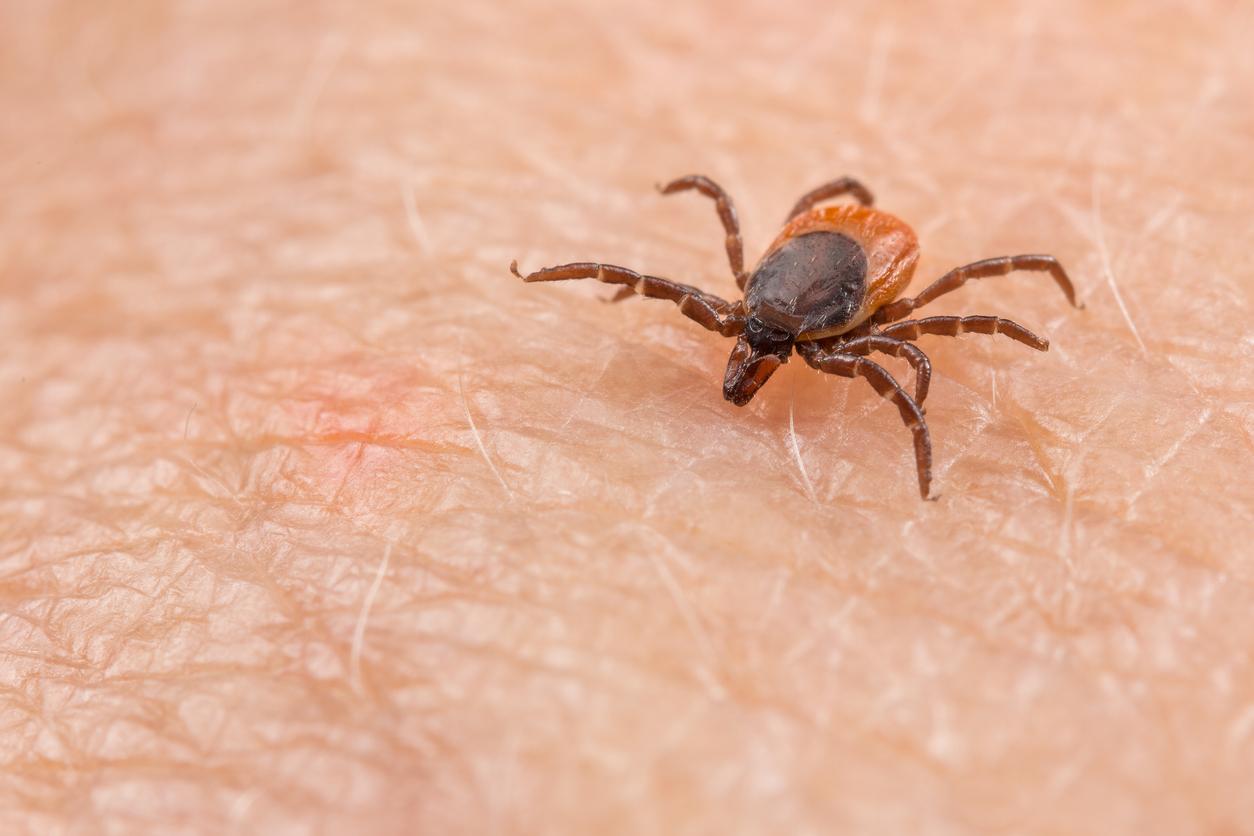Japanese researchers have discovered that Metformin, one of the main drugs used to treat type 2 diabetes, accumulates in the intestine before being passed out in the stool.

- The researchers used an advanced imaging technique usually used to reveal the presence of hidden cancers.
- They followed the path of fluoro-2-deoxyglucose (FDG) in the body because it is similar to sugar.
- They realized that sugar accumulates strongly in the intestine.
Metformin is one of the most prescribed treatments in the world to treat type 2 diabetes. Classified in the list of essential medicines by the World Health Organization (WHO), this treatment makes it possible to lower the rate of glucose in the blood. A hypoglycemic effect that could also be used to treat patients with multiple sclerosis.
The stools involved
If the positive effects of Metformin have been demonstrated, its mechanism of action remains generally misunderstood. Japanese researchers from the University of Kobe may well have decoded part of it thanks to the use of an advanced imaging technique, usually used to reveal the presence of hidden cancers. They used fluoro-2-deoxyglucose (FDG-PET) positron emission computed tomography combined with a scanner and an MRI machine to understand how the treatment acts on the body since FDG acts in the body like sugar and some cancers have a recognized craving for sugar. They published their results in the journal Diabetes Care.
The researchers followed the course of FDG, and therefore of sugar by analogy, in the organism of patients who take Metformin. They realized that sugar accumulates strongly in the intestine. They then studied the wall of the intestine and its contents separately, in particular the stool, to find that Metformin causes an excretion of sugar from the blood to the ileum (the terminal part of the small intestine) before being evacuated by stool. An unexpected discovery for researchers who did not imagine sugar in the stool.
Metformin and its triple action
3.7 million people are affected by drug treatment for diabetes in France, i.e. 5.4% of the population. Metformin is widely used for because it has the advantage of lowering blood sugar levels without promoting the secretion of insulin, the blood sugar regulating hormone. Specifically, this drug reduces the production of glucose by the liver by stopping two mechanisms, gluconeogenesis and glycogenolysis. It also promotes the uptake and use of glucose by the muscles by increasing insulin sensitivity and delays the intestinal absorption of glucose from food.

.

















